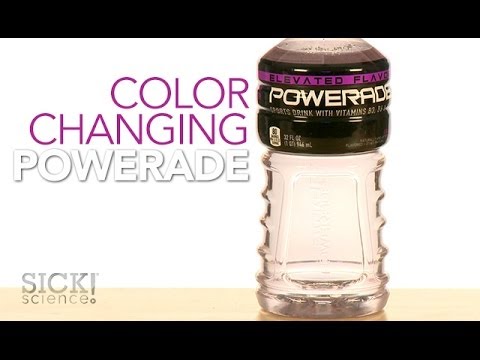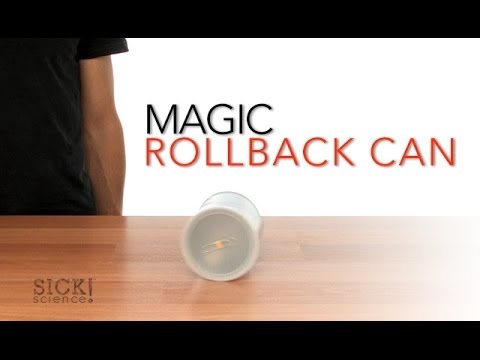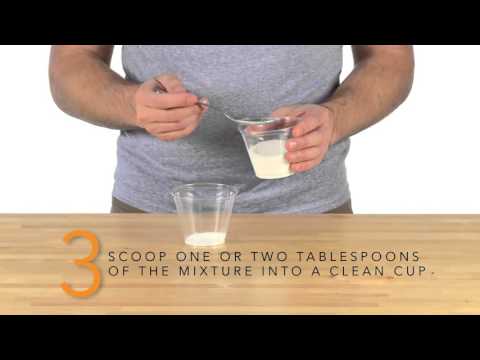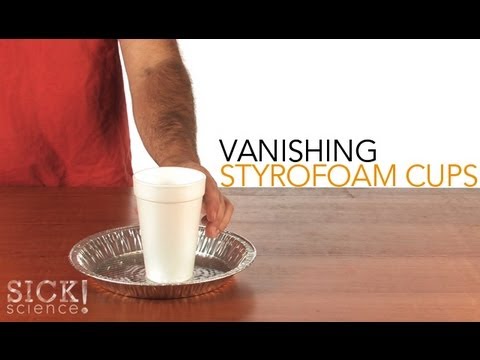Magic Color Changing Flower – Sick Science! #177
Get the Entire Kit Here: http://www.stevespanglerscience.com/magic-color-changing-flowers.html
White flowers are beautiful, and so are pink flowers, but what if you could have flowers that changed from white to pink and back again? That’s exactly what happens with the Magic Color Changing Flowers. The chemistry behind these magnificent flowers will boggle your mind and create stunning visuals that will have you, and your audience, wanting to repeat the process all day.
Science Behind this Experiment Here: http://www.stevespanglerscience.com/lab/experiments/magic-color-changing-flower
Want more experiments like this? Check out http://www.stevespanglerscience.com/product/naked-eggs-and-flying-potatoes
Sick Science™ is a trademark of Steve Spangler, inc.
© 2014 Steve Spangler Science all rights reserved





Chemical that are temporary
NH4OH(ammonia) + HIn(phenolphthalein) <-> NH4In(pink) + H2O
It drives backward when ammonia starts to evaporate as its boiling pt is less than water
So it will become less in concentration and eqb will shift backwards
I knew it bt never thot of doing such a beautiful experiment <3
We did this experiment in the burette
theres another way to change a flower color. (it has to be real) here is what you need
1. Food coloring
2. any real flower
3. wineglass
put water in your wine glass then put a food coloring color in it then put your flower in the glass for 1/2 hours then pull it out and its that color!
this is so cool
what is happening is that original chemical he has used to spray the flower in the beginning of the video shows the acidity level of the ammonia that he sprays on later. I have seen this done with larger proportions of chemicals.
Phenolphthalein is a very common pH tester used to find basic materials. Ammonia is an incredibly strong base, so when it is introduced to the phenolphthalein, it turns pink to indicate the base's presence.
Can make any other Color???
Magic
My chemistry teacher sophomore year used Phenolphthalein to spell out "welcome to chemistry" on some paper towels and then sprayed them with windex on the first class XD. We all thought it was the coolest thing ever
ths is doo doo